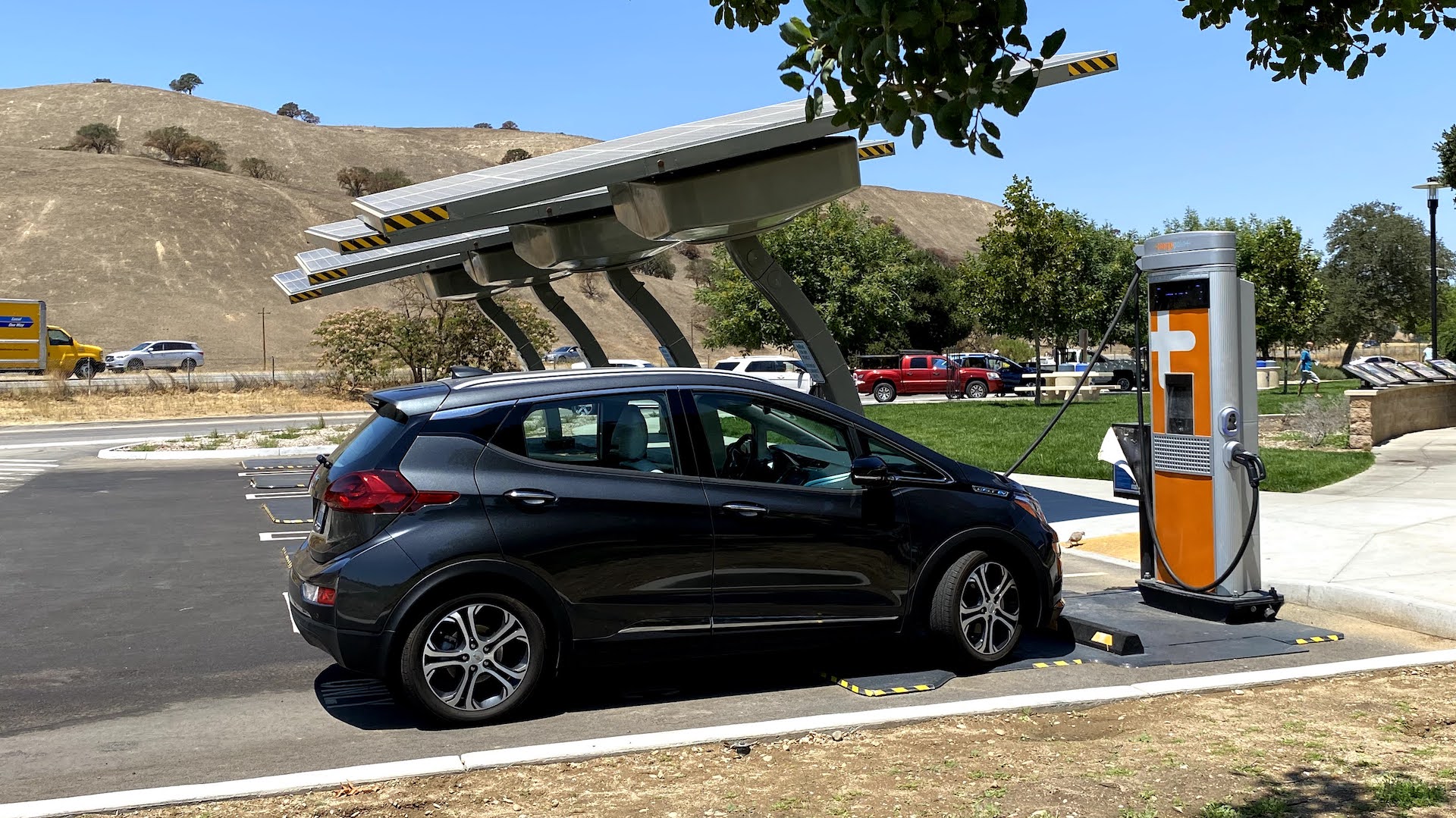

One of the biggest concerns of any potential EV buyer is charging. Coupled with range anxiety, many American consumers are worried about how easy it will be to charge their vehicle on the go, including long road trips during peak vacation times like summer and winter holidays. Those concerns could soon be eased thanks to provisions included in the $1 trillion infrastructure bill passed last year.
The U.S. had pledged $7.5 billion to improve the charging infrastructure across the United States, and the plans for how this money would be distributed have been in the works for some time. Now, a memo from the Federal Highway Administration has revealed that the first $5 billion in grant funding will be used to bolster high-speed charging along the nation’s highways.

In a memo by the FHWA, the agency is laying out guidance on how the first round of funding will be allocated to states and how it should be used. The largest stipulation is focused around charger placement, specifically that each state must use the funding to build up the charging infrastructure on interstates and other high-traffic corridors.
Stations are to be installed every 50 miles along the interstate, with the placement being no more than one mile away from the exit. Additionally, stations will need to have at least 600 kilowatts of charging capacity, and the ability to charge at least four cars at 150kw concurrently.
The FHWA specifies that stations must also either be available to the public or open to fleet operators from multiple companies, however, they can be installed in privately owned parking lots so as long as they are open to the public.
Funding will be doled out to states using a formula similar to the one which calculates federal highway grants. California, Florida, and Texas will receive the largest allocations, with the first checks being cut within 12 months of the FHWA’s program.
The U.S. transportation secretary has reportedly already outlined which highways and high-use corridors will qualify for grant funding from the start. However, states can also request the other areas be considered for certification and funding.
Focusing on high-traffic roads and interstates will help to accommodate the need to fill gaps in the current charging infrastructure, which can make traveling long distances by EV cumbersome. However, that isn’t the only focus where funding is needed.

An additional $2.5 billion in funding is still in the bag for later which can be pledged to scenarios other than just a high-speed nationwide charging network. For example, the grants may be used to bolster coverage in high-demand areas and support communities which have an unproportionate amount of chargers to fill the needs of its residents.
While waiting at a charger isn’t nearly as quick as filling up the gas tank, many EV buyers will be charging their vehicle at home and ideally using a distributed model of Level 2 destination chargers and high-speed Level 3 chargers when traveling further than normal. It’s unclear if the $2.5 billion in funding will prioritize multi-family housing and urban areas where at-home charging is scarce, however, this was an original consideration in the $1 trillion infrastructure bill.
Got a tip or question for the author? You can reach them here: Rob@TheDrive.com